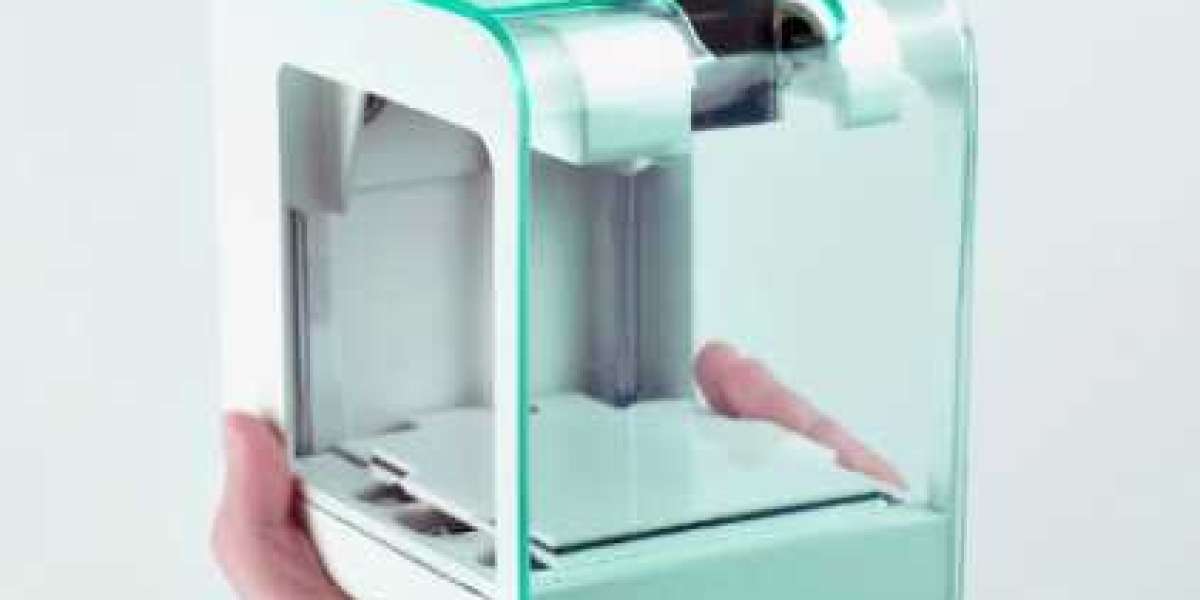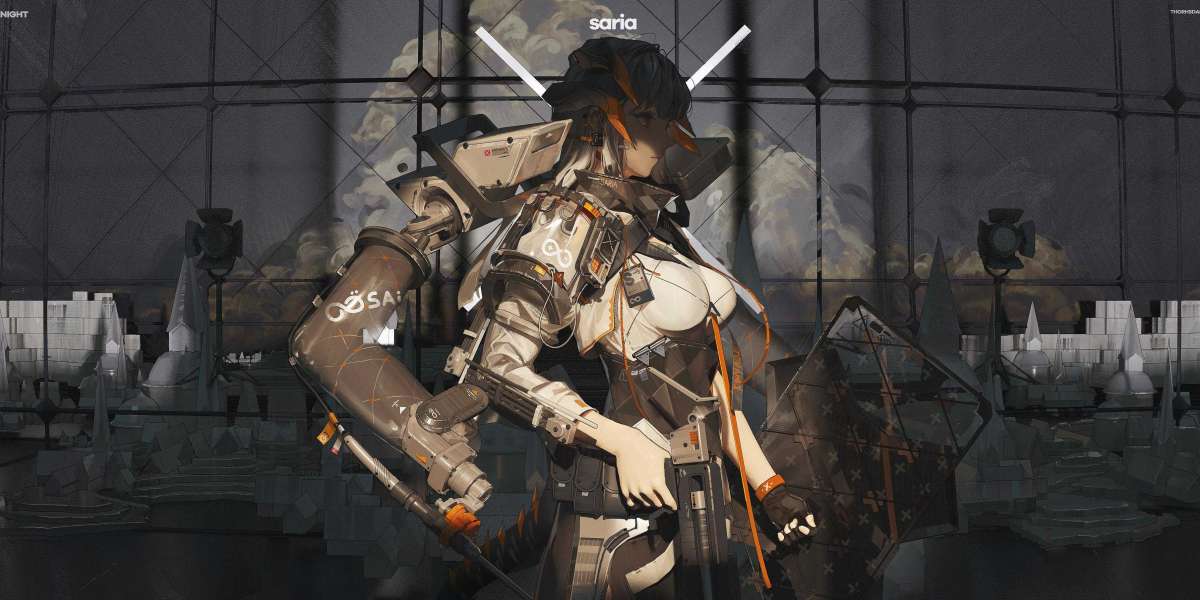With the rapid development of science and technology, 3D printing technology has gradually entered people's vision, and has been widely used in various fields. With the continuous improvement of environmental awareness, the environmental protection of 3D printing consumables has also attracted more and more attention. Mini 3D printers are favored by the majority of users because of their small size and convenient operation.
In the field of 3D printing, PLA (polylactic acid) is a widely used environmentally friendly consumable.
It is a bio-based material made mainly from renewable resources such as corn starch and sugar cane. PLA is not only non-toxic and tasteless in the printing process, but also has good biodegradability and can be broken down into carbon dioxide and water in the natural environment, with less impact on the environment. Therefore, using PLA as a consumable for mini 3D printers is a very environmentally friendly choice.
In addition to PLA, there are some new environmentally friendly consumables gradually entering the market.
For example, Polymaker's PolyTerra material, a PLa-based composite, further reduces the plastic content and improves the material's environmental performance by mixing multiple biomaterials. PolyTerra not only has good printing performance, but also has passed the ISO14855-1 certified compostability test and degrades faster than ordinary PLA . In addition, PolyTerra's packaging also uses recycled materials, reflecting the whole process from production to use of environmentally friendly concept.
However, not all 3D printing supplies are environmentally friendly.
For example, ABS (acrylonitrile-butadiene-styrene copolymer) is a common 3D printing material with high strength and heat resistance, but its production process produces harmful gases and is not easy to degrade. Therefore, when selecting mini 3D printer consumables, materials such as ABS should be avoided as much as possible to reduce the impact on the environment.
When using 3D printing consumables, it is also very important to save them correctly.
PLA and other materials are easy to absorb moisture, once damp will affect the printing effect, and even lead to material deterioration. Therefore, it should be stored in a dry, sealed environment to avoid long-term exposure to the air. In addition, waste consumables after use should also be classified, degradable materials should be composted, and non-degradable materials should be recycled to reduce the impact on the environment.
In addition to choosing the right consumables and the right preservation method, there are a number of other ways to enhance the environmental protection of mini 3D printing.
For example, optimizing printing parameters to reduce material waste; In the design of the model, minimize the support structure to reduce the consumption of consumables; Choose an energy-saving 3D printer to reduce energy consumption, etc. The implementation of these measures can improve the environmental protection of mini 3D printing to a certain extent.
In short, the environmental protection of the consumables of mini 3D printers is one of the important indicators to measure their environmental impact. Choosing environmentally friendly consumables, such as PLA and PolyTerra, and taking the correct preservation and use methods are the key to improving the environmental protection of mini 3D printing. At the same time, the impact on the environment can be further reduced by optimizing printing parameters, design models and selecting energy-saving equipment. With the continuous progress of science and technology, it is believed that there will be more environmentally friendly 3D printing supplies in the future, contributing to the protection of the earth's environment.








